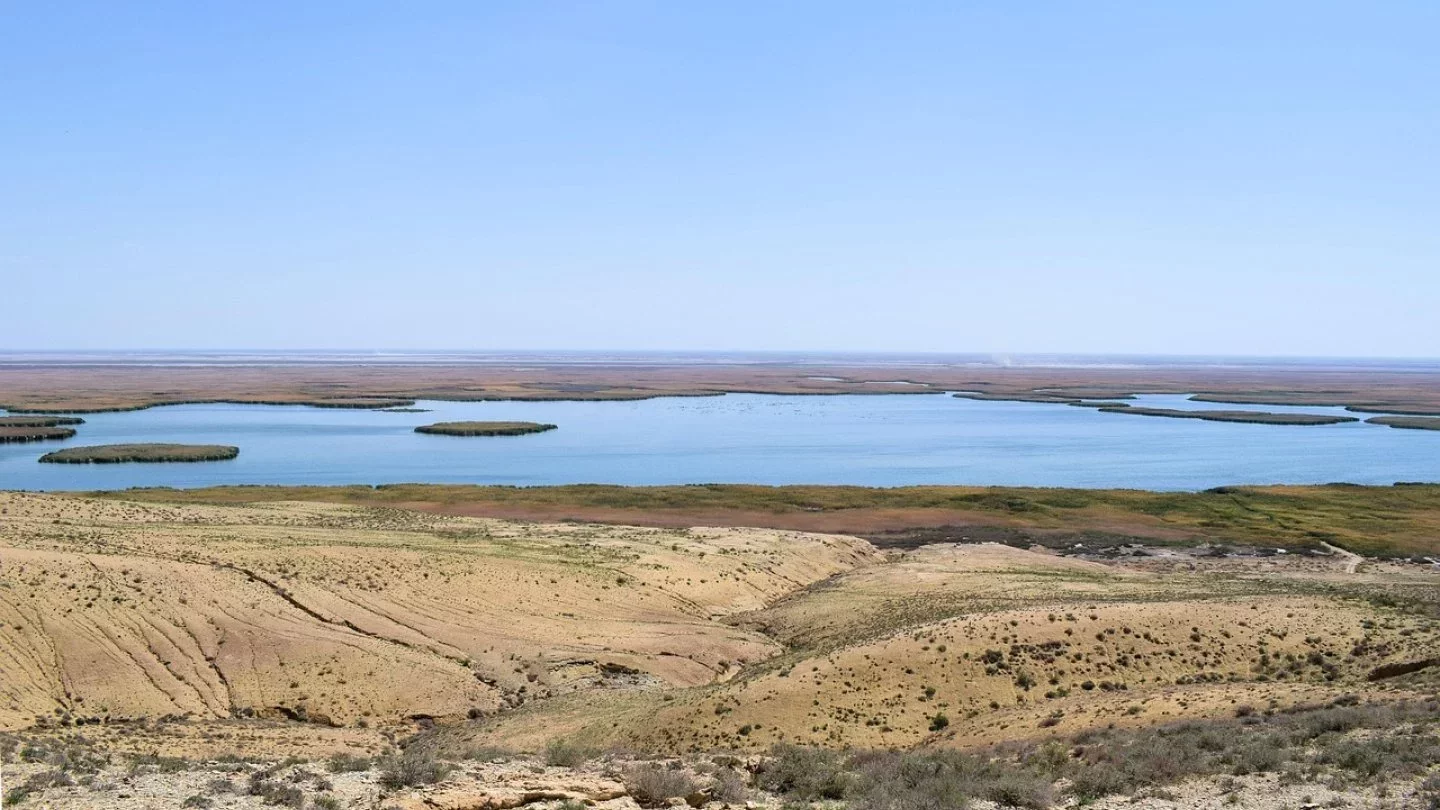Ministry of Water Resources Explains How the Aral Sea Is Being Restored
 Photo: Pixabay, illustrative purposes
Photo: Pixabay, illustrative purposes
Officials from Kazakhstan's Ministry of Water Resources and Irrigation have shared insights on ongoing projects aimed at restoring the Aral Sea and addressed questions about USAID grants for these efforts, Orda.kz reports.
Between October last year and January 2025, the ministry directed over one billion cubic meters of water to the Northern Aral Sea. However, this increase is not due to flooding or artificial weather modification.
The idea that the Northern Aral Sea is filling up due to floods or rainmaking is incorrect. There were no major floods in the south this year. The replenishment of the Northern Aral Sea results from water redistribution and diplomatic efforts. Thanks to agreements reached with Central Asian partners, an additional 1.6 billion cubic meters of water will be directed to the Northern Aral by the end of March,stated Moldir Abdualieva, the ministry’s official representative, during a press conference at the Central Communications Service.
When asked about USAID funding, journalists inquired whether grants from the organization were being used in Aral Sea restoration projects and what would happen after their suspension.
Vice Minister Nurlan Aldamzharov clarified that while USAID had previously funded environmental projects, it is no longer involved under the new Ministry.
In 2023, USAID grants funded one project under the Ministry of Ecology and Natural Resources. However, under the Ministry of Water Resources and Irrigation, we currently have no projects with this international organization, Aldamzharov explained.
Scientists agree that fully restoring the Aral Sea is impossible, but Kazakhstan remains committed to preserving the Northern Aral, expanding its water area, and improving the ecosystem, Aldamzharov added.
According to ministry data, the Northern Aral Sea now holds over 22 billion cubic meters of water, compared to 18.9 billion at the start of 2022. Projections estimate this volume will reach 23.4 billion by the end of 2025 and 27 billion by 2030.
Original Author: Anastasia Prilepskaya
Read also:
Latest news
- Kazakhstan: Journalists and Activists Report Mass of Instagram Content
- LGBTQIA+ Rights Event in Astana Ends in Disruption
- Wave of Searches and Detentions Hits Kyrgyz Politics Amid “Mass Riots” Case
- Calls to Boycott Timati: Case Against Blogger Aida Zheksenova Dropped
- Reports on Detention of Aidos Yespolov, Twice Connected to the Nazarbayev Clan, Emerge
- Trump’s 28-Point Peace Plan: What It Offers Ukraine — and at What Cost
- Bakery Once Linked to Ex-Speaker Nigmatulin’s Brother Shuts Down Amid Falling Demand
- Toqayev and Pashinyan Announce Deepening Kazakhstan–Armenia Cooperation
- Returning Home: How Ethnic Kazakhs from China Are Rebuilding Their Lives in Almaty’s Akkent District
- Kazakhstan Aims to Begin Nuclear Plant Construction in 2029, Satkaliyev Says
- What Could Pashinyan’s Visit to Astana Signal?
- Beyond Old Alliances: Can Central Asia Build a New Regional Architecture?
- Yana Legkodimova: Lawyer Targeted by Fake Facebook Post Announcing Her Death
- Defense Minister Explains Measures After Recent Findings of Debris Resembling Drone
- Pashinyan Posts Video With Kazakh Song Ahead of Meeting With Toqayev
- Kazakhstan-Born Volunteer Dies In Ukraine — Kazakh Community In Kharkiv
- France Seeks Role in Kazakhstan’s Second Nuclear Plant
- CSTO Secretary General Meets Japarov in Bishkek Ahead of November 27 Security Council Session
- Peace Proposal: Zelenskyy Plans Talks With U.S. President
- Temirtau Paramedics Protest Working Conditions

